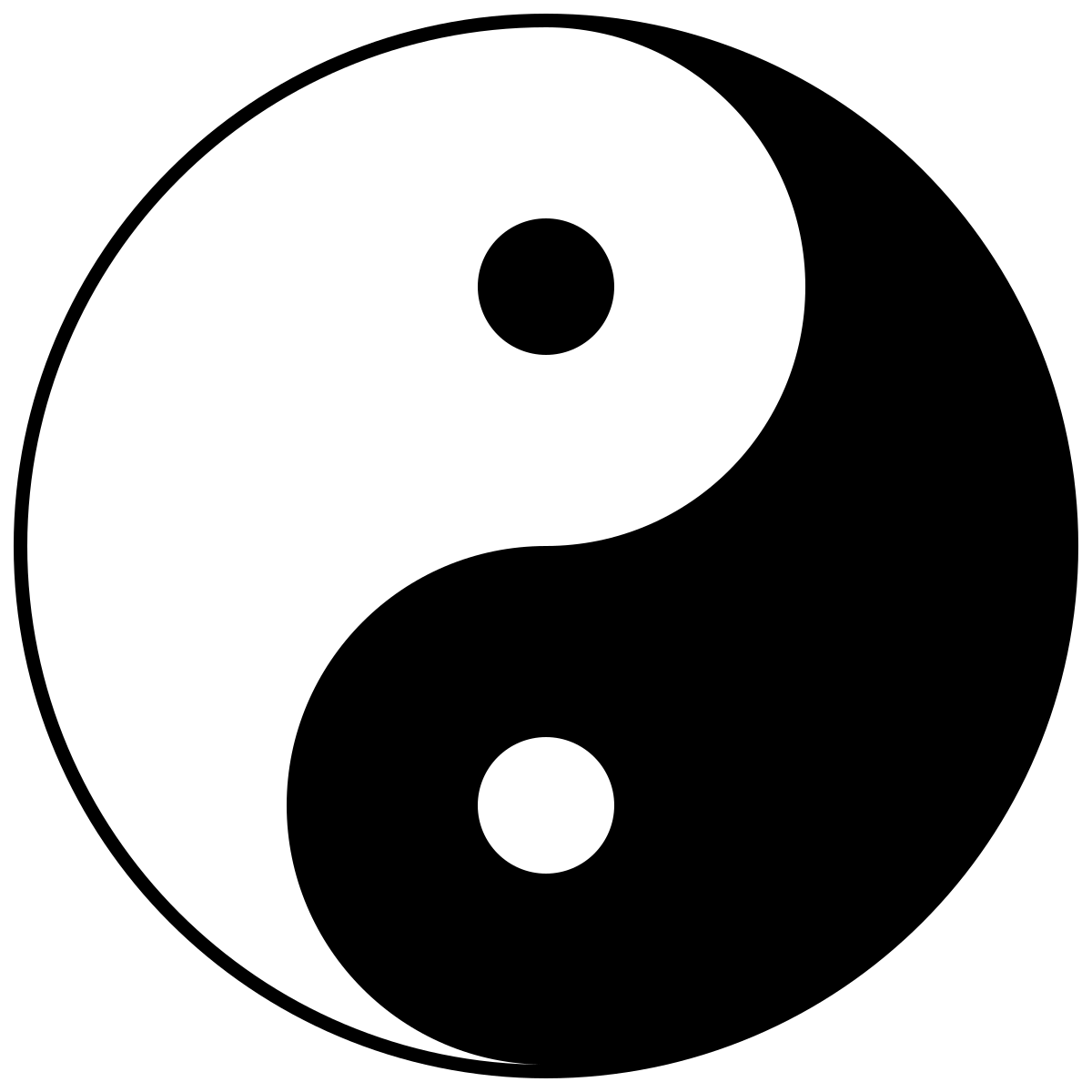
Well the time has almost come for me to begin my year-long journey through the Ogham. For those who don’t know, Ogham (or Ogam in Old Irish) is an Old Irish alphabet that has been found inscribed into stones (vertically from bottom to top) and into wood or other materials (usually horizontally from left to right – as shown above). The message inscribed normally started with the ‘feather mark’ as shown above. Sometimes it was inscribed along a corner (especially on stones) but when written nowadays it usually has a centre line as in the example above.
There were originally fifteen consonants, divided into three groups of five. The first group, B L F S N, were signified by one to five notches below (or to the right if vertical) of the corner or line. The second group, H D T C Q, were signified by one to five notches above (or to the left if vertical) of the corner or line. The third group, M, G, nG (or GG), Z (or SR), R were signified by one to five notches diagonally across the centre line or edge.
There were also five vowels, A O U E I, which were signified by one to five notches vertically across the line (or horizontally if the edge or line is vertical).
At a later date, five further letters (known as the forfeda) were added to accommodate sounds from other languages but I will not be working with these this year.
Many people only know the Ogham as a tree alphabet (Crann Ogham), but actually most of the Ogham letters have other meanings and the trees were added later – along with a great many other, less well-known Oghams such as the bird Ogham.
I start my journey with B – Beithe, the first letter of the Ogham alphabet which is one of the letters which is believed to have the meaning of a tree – the Birch Tree. This means that for the first 18 days of January 2021, I will be working with:
- The true meaning and Inner Meaning of Beithe
- The Birch tree itself (meditating with the tree and studying it)
- Birds of the Thrush family (Blackbird, Song Thrush, Mistle Thrush, Redwig and Fieldfare)
- The Goddess Brighid or Bride
During this time, I plan to write a piece of prose and a poem, carve a stave onto a piece of birchwood (to make a full set of Ogham staves by the end of the year), make an incense from the tree’s bark and finish the work with a Shamanic-style journey with the tree.
By assigning 18 days to each of the original Ogham letters it will take me 360 days to journey through the twenty letters.

